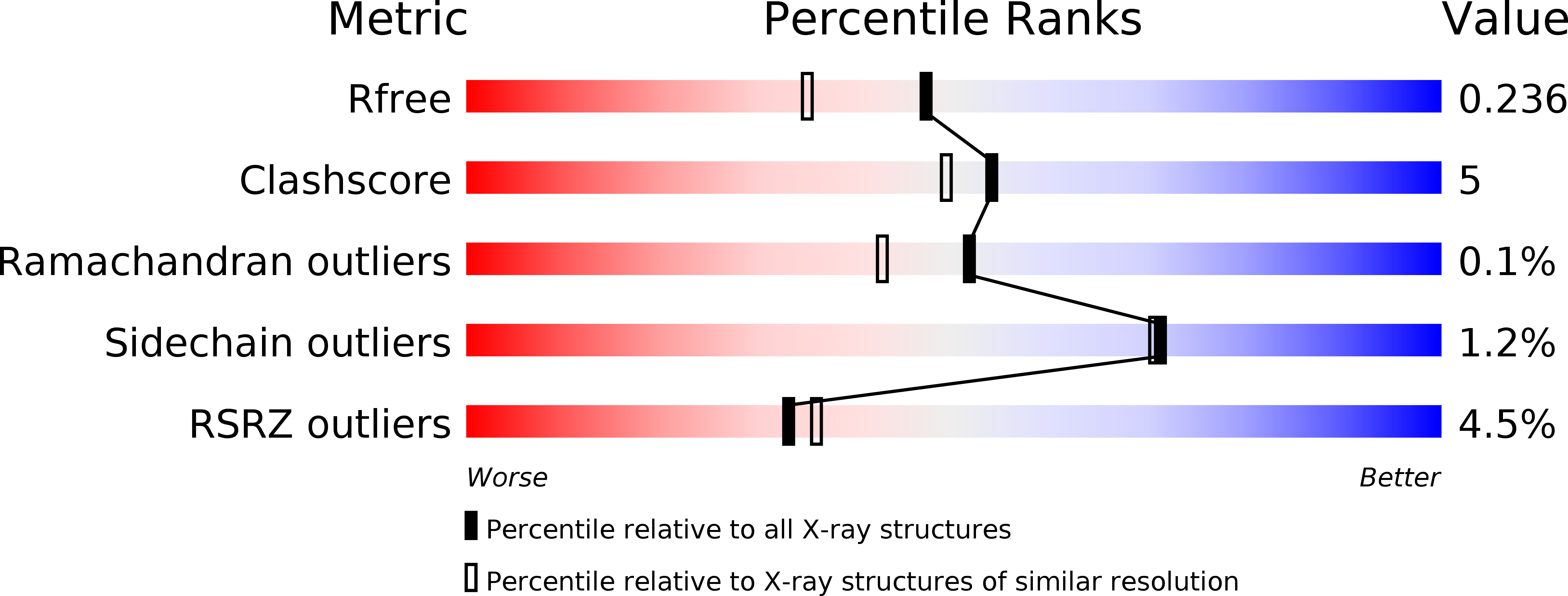
Deposition Date
2011-04-05
Release Date
2012-01-18
Last Version Date
2024-11-27
Entry Detail
PDB ID:
3REW
Keywords:
Title:
Crystal structure of an lmp2a-derived peptide bound to human class i mhc hla-a2
Biological Source:
Source Organism:
Homo sapiens (Taxon ID: 9606)
Human herpesvirus 4 (strain B95-8) (Taxon ID: 10377)
Human herpesvirus 4 (strain B95-8) (Taxon ID: 10377)
Host Organism:
Method Details:
Experimental Method:
Resolution:
1.90 Å
R-Value Free:
0.23
R-Value Work:
0.20
R-Value Observed:
0.20
Space Group:
P 21 21 21


